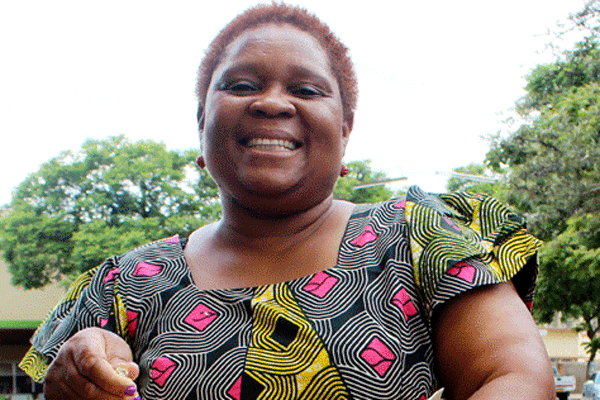
SPECULATION is rife that foreskins removed after circumcision are being harvested for other purposes like cosmetic surgery, skin grafts or even witchcraft.
By Phyllis Mbanje

For long the media has been awash with stories of men who, after being circumcised, demanded their foreskins back or questioned health personnel what they would do with the pieces of flesh.
In 2014, Matabeleland South Senator Sithembile Mlotshwa (MDC-T) introduced a motion calling for a ban on circumcision of children under the age of 18, claiming that foreskins of circumcised men could be used for witchcraft.
Mlotshwa, who was supported by MDC-T Masvingo Senator Misheck Marava and Zanu PF Mashonaland Central senator Damian Mumvuri, demanded that those who carry out circumcision should give back their patients the foreskins.
But the Voluntary Medical Male Circumcision in Zimbabwe (VMMCZ) this week said disposal of foreskins was done within stipulated rules and regulations.
“At law, health personnel are not allowed to give a patient his foreskin. These are burnt in an incinerator along with other human tissue like the placenta,” said VMMCZ national co-ordinator Sinokuthemba Xaba.
Speaking during a media forum convened by the Zimbabwe Lawyers for Human Rights (ZLHR), the national co-ordinator for VMMCZ said every health facility was supposed to have an incinerator to take care of the human tissue.
- Chamisa under fire over US$120K donation
- Mavhunga puts DeMbare into Chibuku quarterfinals
- Pension funds bet on Cabora Bassa oilfields
- Councils defy govt fire tender directive
Keep Reading
In 2012, a Chiredzi man, who claimed to have lost his erection after being circumcised, approached an organisation that had mobilised the community for the campaign and demanded his foreskin back.
There has been a lot of unsubstantiated researches and information which claimed medicinal benefits of the foreskin.
In 2010 a report by Sierra Black writing for Babble, claimed that an infant’s foreskin has special cell properties, similar to those found in stem cells.
Their versatility means that they can be used to cultivate skin cells.
It was alleged that because of this, they were not tossed out with the rest of the medical waste after a birth.
Instead, hospitals sold them to companies and institutions for a wide variety of uses.
Xaba also dismissed reports that circulated on social media claiming that a man had lost the head of his reproductive organ during a botched circumcision at Chitungwiza Central Hospital.
“That was a mischievous story which never happened and the names of the so-called nurses were fictitious,” he said.
Male circumcision is the complete removal of the foreskin of the penis and benefits include lessening HIV infection by about 60%.
But the process is not encouraged for HIV-positive men, whose wounds at times take longer to heal than those who are negative.
It also assists in reducing risk of cervical cancer in female partners and helps prevent other sexually transmitted infections, including gonorrhoea and urinary tract infections in young boys.
Almost 30% males worldwide are circumcised and the process also provides an opportunity for men to access information regarding their sexual and reproductive health.
“But we need correct messages that emphasise the fact that it is not 100% effective and has to be used with other methods like correct and consistent use of the condom,” Xaba explained.
Over 600 000 males have so far been circumcised in Zimbabwe, where a target of 1,3 million has to be reached by 2017.
“If we achieve this, 212 449 infections would be averted by 2025, while HIV prevalence would decrease to 4,4% by 2025,” Xaba said.
Meanwhile, major urban centres like Harare and Bulawayo recorded the lowest numbers of men being circumcised.
Harare recorded only 5% of the total number of men circumcised in the country, while Bulawayo contributed 6%.
“The reason could be that when the programme was rolled out, people from these areas rushed to get circumcised and so that is why the numbers are now dipping,” Xaba said.
He, however, admitted there was need for research to look at some of the reasons behind the low uptake.











